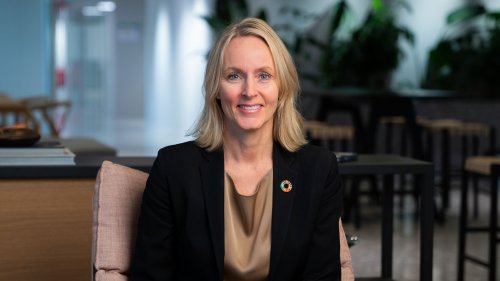Targets
- Each gender* has at least 40% representation at the top three leadership levels** combined by the end of 2025.
- With a minimum average index score of 92, respondents*** feel they have been treated fairly regardless of gender, gender identity, age, ethnicity, sexual orientation, religious affiliation, (dis)ability, etc. by the end of 2023.
- Minimum average index score of 90 for Diversity & Inclusion***, by the end of 2025.
- All direct investments in companies made by funds managed directly by Nordea Asset Management are assessed against the minimum safeguards in the area of human rights (in line with the EU taxonomy) by the end of 2023.
- Human rights impact assessment of the supply chain in place by the end of 2023.
* ”Gender” refers to biological or legal sex. To be compliant with regulatory restrictions on sensitive data, we do not register gender identity. We, however, welcome and enable self-identification of gender identity.
** Group Leadership Team (GLT), GLT-1 and GLT-2.
*** According to Nordea’s employee engagement survey.










